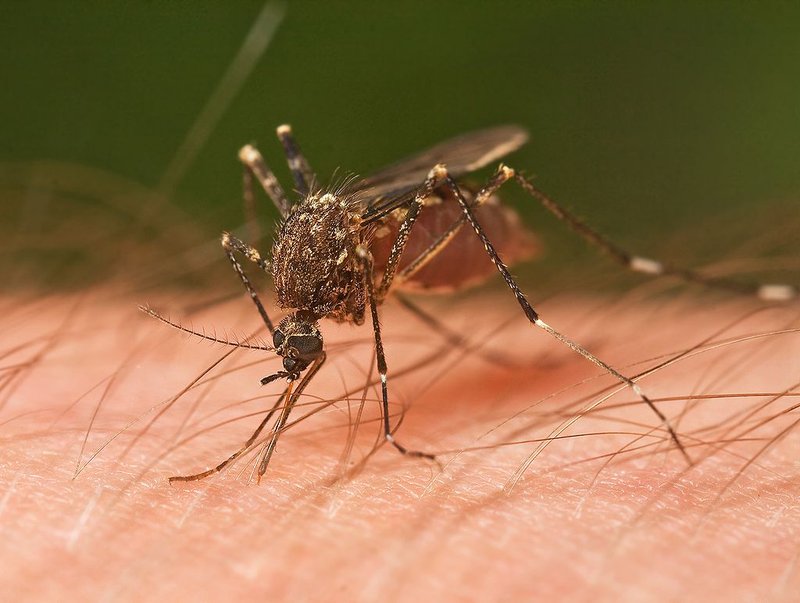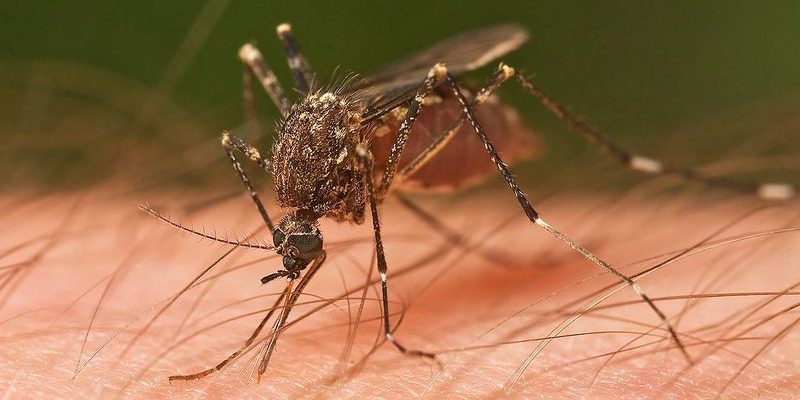
Imagine being at a party and trying to find your friends among the crowd. You’d probably use facial expressions, gestures, and sounds to communicate. Mosquitos do something similar, but in their own unique way. Instead of words, they rely on vibrations, pheromones, and subtle movements. This helps them find mates, locate food, and navigate their environment. Sound pretty intriguing, right? Let’s explore how these little creatures manage to chat it up without saying a word!
The Sound of Communication
You might have noticed that mosquitos produce a distinct buzzing sound as they fly around. This isn’t just random noise; it’s a vital part of their communication. When a mosquito flaps its wings, it creates vibrations in the air that can convey different messages. The pitch and frequency of these sounds can indicate whether they’re friendly or if they’re on the hunt.
Interestingly, male and female mosquitos have different wingbeat frequencies. Male mosquitos usually beat their wings at a higher rate than females, which helps them identify each other. When a female is looking for a mate, she might adjust her wingbeat to match the male’s frequency. It’s like a dance, where they sync up in the air! So next time you hear that annoying buzz, remember—it’s not just about you; it could be a love song!
The Role of Pheromones
Now, let’s talk about scents. Mosquitos are equipped with special receptors that can detect chemical signals called pheromones. These pheromones are like invisible messages that help them communicate vital information. For example, when a female mosquito is ready to mate, she releases specific pheromones that attract males from a distance. It’s her way of saying, “Hey, I’m here and ready to mingle!”
Pheromones can also play a role in finding food. When a mosquito bites a host, it can leave behind scents that other mosquitos pick up on. This means other mosquitos may be drawn to the area where a tasty meal is available. You could say it’s the mosquito version of putting out a “Help Yourself” sign! These scents help them form communities and thrive in their environments.
Body Language in Mosquitos
While mosquitos are tiny, they also use body language—although it might not look like much to us! For instance, when male mosquitos are flying around, they often show off their aerial skills to attract females. This display might include swooping and diving maneuvers that demonstrate strength and agility.
Females, on the other hand, might respond by adjusting their flight patterns. If she’s interested, she’ll move closer, flicking her wings and changing direction. Think of it as a subtle dance of attraction, where both parties are trying to catch each other’s attention without uttering a single word. It’s a fascinating part of their courtship rituals!
Resource Sharing and Competitiveness
Mosquitos also communicate indirectly through competition and resource sharing. When a female finds a good feeding ground, she may stay there for a while, but this could attract other insects. The way mosquitos react to each other in these situations shows a lot about their social behavior. Some might fight for space, while others will try to find a different spot.
Interestingly, certain species of mosquitos can be more aggressive when there’s high competition for food. This means they have to be clever about how they interact with others. They might use their sound or pheromones to assert their presence, telling other mosquitos, “Back off! This is my spot.” It’s a survival tactic that’s crucial for their survival.
The Impacts of Environmental Factors
The environment plays a big role in how mosquitos communicate. For example, temperature and humidity can influence their sounds and behaviors. In warmer weather, their wingbeats may become faster, which can affect how effectively they interact with each other.
Additionally, when it rains, changes in the environment can either enhance or hinder their ability to communicate. Water can create different sound environments, which might confuse them. This shows how adaptable mosquitos need to be. They are constantly adjusting their communication methods based on their surroundings to ensure they don’t miss a beat in their social lives.
Understanding Mosquito Behavior Can Help Us
Learning how mosquitos communicate can also be helpful for us humans. By understanding their behaviors, we can better manage mosquito populations. For instance, knowing that they rely heavily on pheromones can help scientists create traps that use these scents to lure and capture them.
Moreover, this knowledge can also guide the development of new repellents. If we know what attracts mosquitos, we can create products that effectively keep them at bay. So, in a way, by studying their communication, we’re not just satisfying our curiosity—we’re finding practical solutions to keep those little biters away!
Mosquitos may be small, but their way of communicating is anything but insignificant. From buzzing sounds to pheromones and body language, they showcase a complex social structure that helps them thrive. Understanding how mosquitos interact can provide us with valuable insights into their behavior and help us manage their populations. Next time you hear that familiar buzz, you’ll know there’s a lot more happening than just an annoying pest flying around. It’s all part of their unique and fascinating world!

